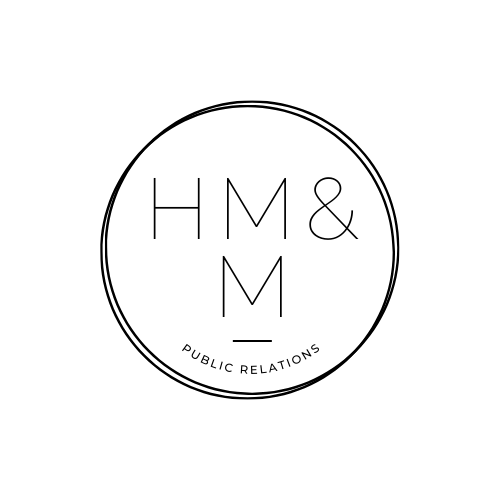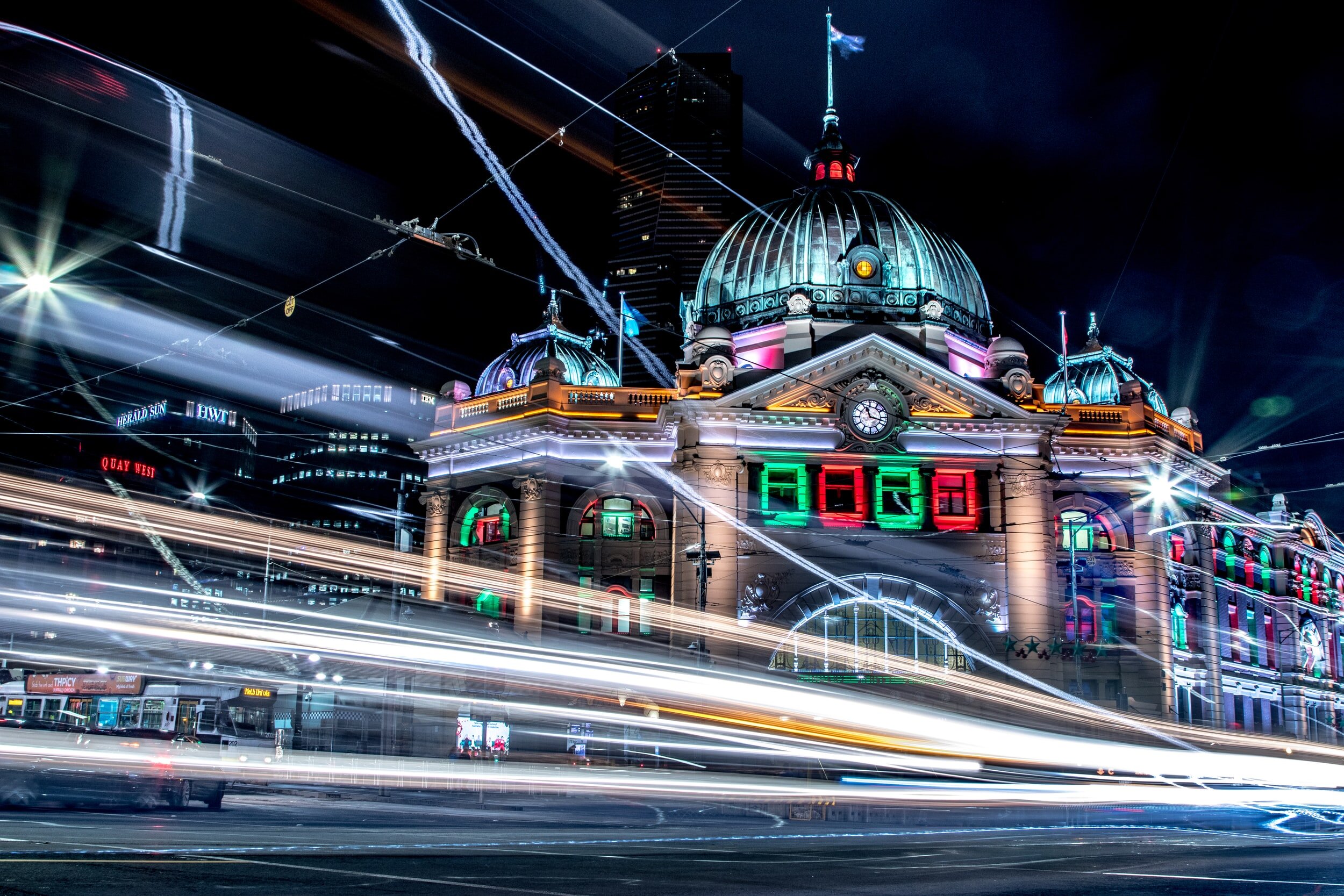By Mary Nguyen
A surge in e-commerce in the year 2020 shows a resilient local Australian market with opportunities for growth, as a consistent appetite for US brands remains high among Australian shoppers driven by quality, novelty, and value.
Despite the impact of COVID-19, abundant opportunities still exist in the Australian market for US brands looking to move away from a stagnating domestic market and competitive retail conditions. As a popular expansion destination for many global chains, Australia enjoys a stable economy and its wealth per adult consistently remains one of the highest in the world.
Sephora Australia's sales more than doubled to $149 million four years after launching into the market.
Many US-based brands are already entrenched in Australia, among them is beauty giant Sephora, clothing, and footwear retailers The North Face, Calvin Klein, Nike, Nine West, and fast food outlets KFC and McDonalds.
“Australians are smart shoppers, open to new business models. In fact, they are obsessed by the new and will seek out what they believe to be the best experiences globally and embrace them locally,” says chief strategy officer of M&C Saatchi Group Australia Justin Graham.
Aussies are primarily buying American brands in cosmopolitan cities like Sydney, Melbourne, and Brisbane but with the arrival of Amazon and with it Amazon Prime International and other global freight options, shipping times have whittled down drastically, with shipping costs a fraction of what it once was.
This allows complete market access to the entire population which currently sits at 25 million on a scale that was not possible until the past few years.
Consumer shopping in Australia
One great advantage in expanding to Australia is that many of the language and cultural differences involved in overseas expansion is either non-existent or very small. Australians benefit from a robust liberal western democracy with well-run institutions and amenities favourable to business.
“Brands that thrive in Australia are able to establish some degree of iconic “Australian-ness” without resorting to any kind of myopic or small-town type of positioning. The better brands exhibit empathy and passion for Australian culture and adapt themselves to Australian conditions, be that weather, language, love of sport, or distance from their origin,” says ComScore VP Lachlan Brahe.
US sports are a segue for brands entering the Australian market.
Accounting for the Australian identity is crucial to brand success but the degree of “Australian-ness” is becoming more fluid and open to interpretation as local consumers embrace global offerings based on factors like value and novelty.
As many Australians already partake in many of America’s cultural exports which include music, television, movies, and sports like NBA and NFL, buying American brands would be a logical extension of this uptake.
Size of the Australian market
According to Credit Suisse’s 2021 Global Wealth report Australians placed 4th highest in the world in average wealth per adult, with the average Aussie worth USD$ 483,760. Despite the lag in consumer spending due to COVID-19, online shopping driven by consumers that have maintained their household income continues to grow.
Traditionally Aussies were restricted to buying American brands in big cities like Melbourne.
McKinsey’s research flags a strong shift towards price sensitivity and more emphasis on value across all segments, with more consumers inclined to buy products on promotion. More than 40% said they intend to look for cheaper products going forward, with 20% already shopping in discounted channels.
However, the tightening of purse strings doesn’t necessarily translate to a reduction in spending; online purchases have taken off during COVID-19 with much of the population living and working at home causing an e-commerce surge worth $50.46 billion in 2020.
McKinsey’s research reveals two key groups driving e-commerce:
Optimistic but cautious – this group makes up 30% of the population and is worried about the health of the economy but are more secure financially.
Stable and consistent – this group comprises 26% of the population and is the highest-income segment. The stable-and-consistent group did experience a negligible impact on their finances but remained relatively stable overall in mindset and behaviour.
As Australia’s population is projected to reach 27 million by 2025, with overseas-born Australians and migrants making up a huge part of that, Australians will become increasingly more internationally-oriented in terms of consumer tastes opening up new markets.
Nielsen reports "...in the next five years, ethnic-Australians’ spend will grow at a faster rate than their Australian-born counterparts, accounting for over $4.4 billion in incremental revenue. This will result in the ethnic-Australian shopper contributing a total of $18.7 billion (or 28 percent) of the total FMCG retail channel."
Popularity of US brands in Australia
A study of international shopping done by location data company Loquate by GBG found that 36% of Australians’ online retail purchases were primarily from stores in the US and UK, ranking Australia third for international deliveries from both of those countries.
Though local retail conditions are generally quite competitive, opportunities for ecommerce are rife as “Australian businesses struggle to compete against the buying power, range and quick turnaround provided by the foreign brands,” says retail analyst Kim Do of market research firm IBISWorld.
Value-hungry Australians are already taking advantage of international sales events at an increasing scale; Inside Retail reports that Australia-based orders rose by 140% during US Labor Day in 2020.
According to freight forwarding company MyUS, toys and menswear are the two most popular categories of purchase by Australians followed by womenswear, beauty and skincare, baby clothing, vehicle parts, and books.
In the area of fast food, six out of 10 of Australia’s most popular fast-food franchises have origins in the US, with chains like Carl Jr’s, Five Guys, In N Out, and Wahlburgers making an entry into the market.
Retail spending forecast and e-commerce predictions
Deloitte Access Economics partner, and Retail Forecasts principal author, David Rumbens, said: “Australian retailers are set to record a bumper year in 2020-21. Spending options have been limited, and with many households having cash to burn, consumers flocked to retail. This has supported what is likely to be the strongest gain in retail spending in a decade.
“But the next shift in consumer spending is also underway.
“With international borders still closed for another year, and city-wide lockdowns still happening, overall, retailers can expect sales to remain well above pre-COVID levels, despite a slowdown in spending growth over 2021-22.”
Deloitte’s forecast indicates a long-term change in consumer behaviour as it becomes increasingly apparent that e-commerce is leading the charge in retail spending. Online traffic, orders, sales, average order value, and average spend per visit were all higher in Q2 2020 than it was in previous quarters as greater numbers of people shopped more frequently and for more types of products.
How to tap into the Australian market
Although it is a smaller and more concentrated market than other English-speaking countries, Australia is not exempt from the general trend towards media fragmentation that has been occurring all over the world.
Australia’s TV industry is majority owned by just three companies – Newscorp, Nine and Seven Holdings and its metropolitan radio licences are also majority owned by Newscorp, Nine and Southern Cross. Similarly, media ownership in print is concentrated in the hands of just a few.
Despite the lack of variety across the three main channels of TV, radio, and print, the population’s high rate of smartphone usage with almost 21 million Australians having access to a smartphone, has opened up more opportunities for marketers to capitalise on a more targeted approach.
Social media and influencer marketing is plays an increasingly big role in reaching Aussie consumers who are more responsive to niche targeting as they move away from traditional media sources. This is an advantage for brands that are after an effective and low-cost marketing strategy to reach audiences without the associated costs of traditional advertising.
EDMs are another well-received tactic – according to Campaign Monitor in 2020 Australian-based organisations outstripped their global counterparts in most key performance indicators. EDM open rate, click-through rate, and click-to-open rates were all significantly higher than the international average.
While there is still a place for traditional media in the marketing mix, it is apparent that social media matters more in driving Australians’ purchasing decisions. As Aussies become more reliant on their online peers and idols to influence their purchasing behaviour, a personal touch is essential in winning over Australian buyers with social media leading the way.
Senior director of marketing for GoDaddy in Australia Suzanne Mitchell says: Australians are proud and parochial. To appeal to Australian consumers, a ‘home grown’ approach to partnering with the right voices that ‘endorse’ and amplify marketing messages is a very important consideration. Rather than taking a global approach, partnering with the right Australians – ‘cred-influencers’, to coin a phrase – who are inherently authentic to a brand’s offering and mission is the critical component.
Want to learn more?
Find out when to plan a media release, how to evaluate campaigns, or if working with an influencer is right for you on PR Insights.







